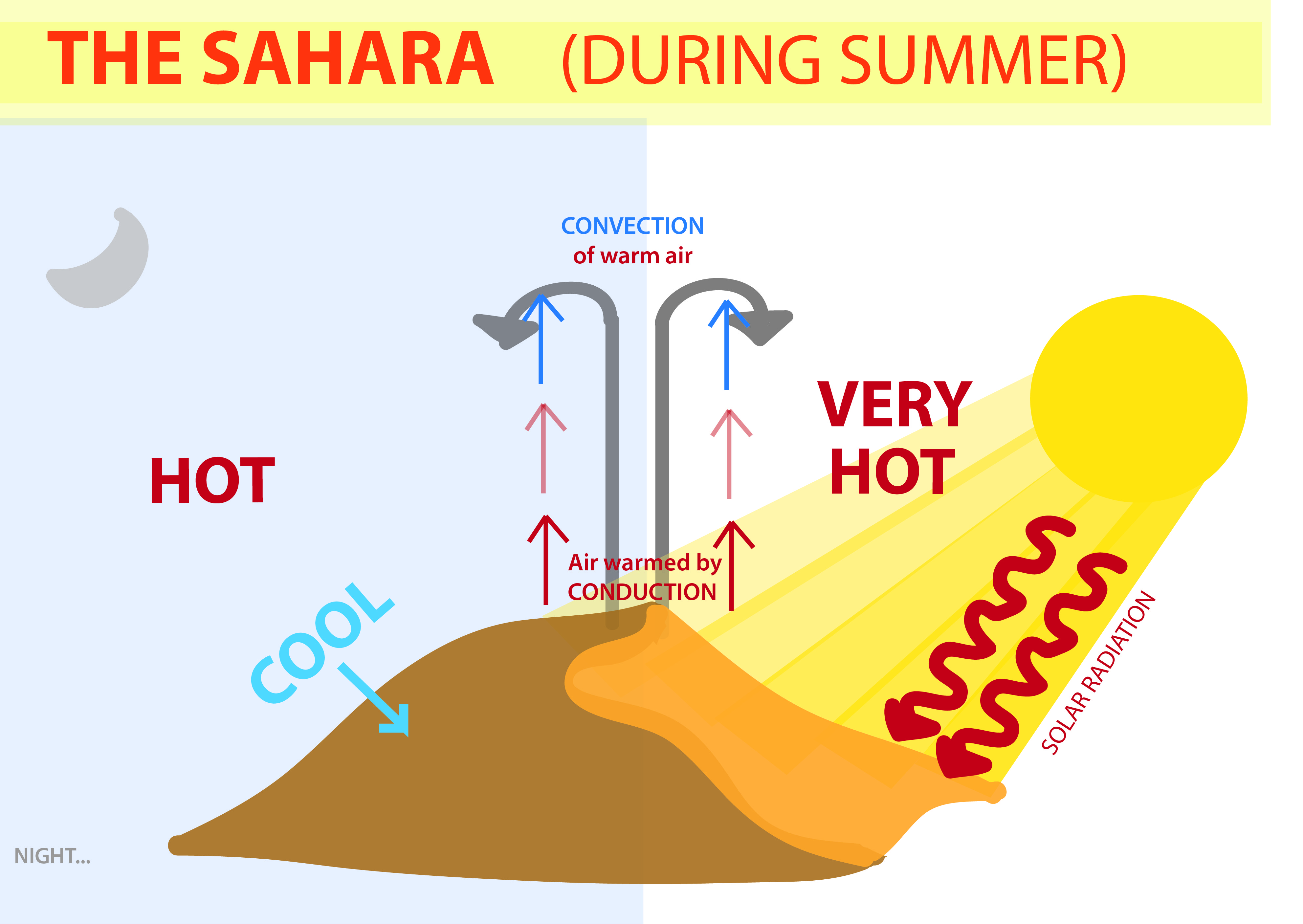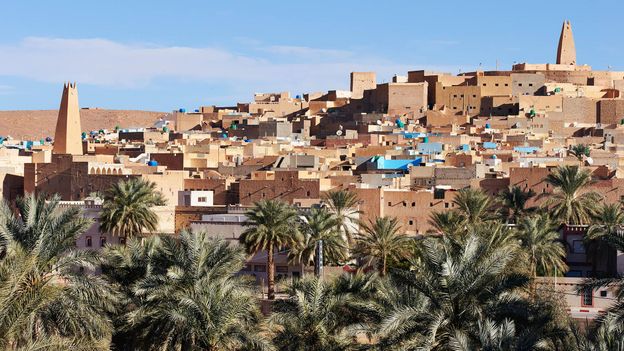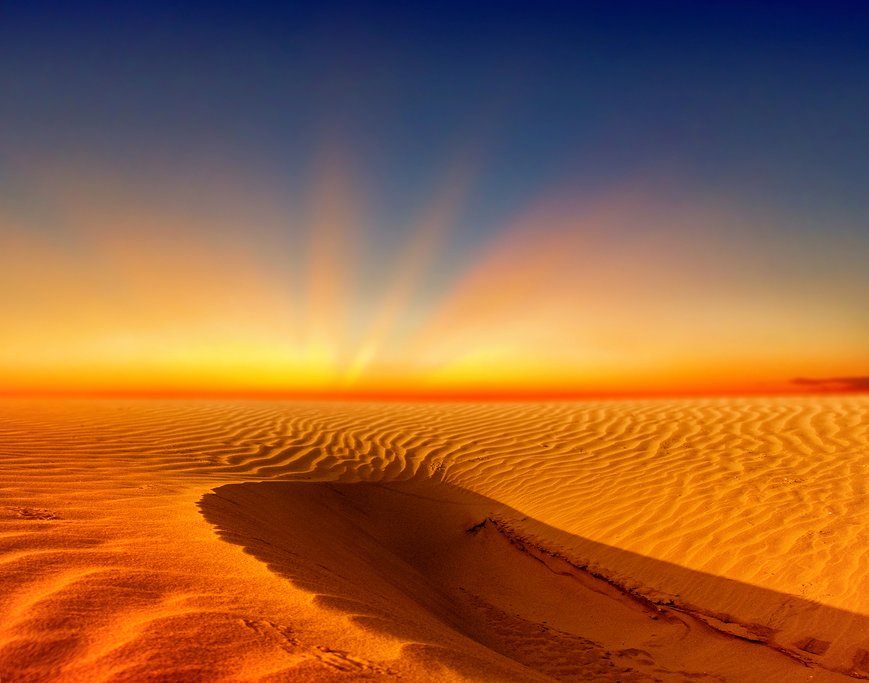Topic sahara desert 10 000 years ago: Explore the remarkable transformation of the Sahara Desert from a lush, green oasis 10,000 years ago to the vast, arid landscape we see today, revealing a fascinating journey through time and climate change.
Table of Content
- What was the climate like in the Sahara Desert 10,000 years ago?
- Transformation from Lush Greenery to Desert
- Role of Human Activity and Climate Change
- Ancient Rainfall Patterns and Environmental Data
- Archaeological Insights and Sediment Analysis
- Impact of Orbital Changes on Climate
- Interplay Between Vegetation, Dust, and Rainfall
- Scientific Studies on Past Climate of Sahara
- Implications for Future Climate Models
- YOUTUBE: The Sahara Was Green 10,000 Years Ago
What was the climate like in the Sahara Desert 10,000 years ago?
The climate in the Sahara Desert 10,000 years ago was significantly different from what it is today.
According to paleoclimate and archaeological evidence, the Earth\'s slow orbital \'wobble\' during that time period brought about a transformation of the Sahara desert into a more hospitable and habitable land.
This transformation was marked by the presence of vegetation, lakes, and rivers, making the Sahara far from the arid and barren desert it is known as today.
During this period, the climate in the Sahara was much wetter and more humid, characterized by a savannah-like environment rather than a desert.
- Vegetation: The Sahara was covered in grasslands, with patches of forested areas and shrubs.
- Lakes and Rivers: There were numerous lakes and rivers scattered throughout the region, providing a water source for both humans and animals.
- Wildlife: The Sahara supported a diverse range of animal species, including large mammals like elephants, giraffes, and antelopes.
This lush and fertile environment also attracted early human populations, who took advantage of the resources available and developed hunting and gathering societies.
However, around 5,000 years ago, the Earth\'s orbital changes led to the desertification of the Sahara, causing the disappearance of lakes and rivers, and the subsequent retreat of vegetation.
Today, the Sahara Desert is characterized by its arid and inhospitable conditions, with minimal vegetation and scarce water sources.
In conclusion, 10,000 years ago, the Sahara Desert had a much milder and more varied climate, resembling a grassy savannah with lakes and rivers, supporting a diverse array of wildlife and human populations.
READ MORE:
Transformation from Lush Greenery to Desert

Role of Human Activity and Climate Change
Discover the Sahara"s dramatic transition from a vibrant, green landscape to the expansive desert we know today.
Ancient Rainfall Patterns and Environmental Data

Archaeological Insights and Sediment Analysis
Impact of Orbital Changes on Climate
Interplay Between Vegetation, Dust, and Rainfall
Scientific Studies on Past Climate of Sahara

Implications for Future Climate Models
The Sahara Was Green 10,000 Years Ago
\"Discover the mesmerizing world of lush green landscapes in our captivating video! Immerse yourself in the beauty of nature as we take you on a journey through vibrant forests, emerald meadows, and serene gardens. Get ready to be inspired and awed by the power and tranquility of the color green.\"
READ MORE:
How a Once Lush Green Sahara Became One of the Biggest Deserts on Earth
\"Embark on a breathtaking adventure through vast, untouched deserts in our stunning video! Witness the awe-inspiring beauty of golden sand dunes, the shimmering heat mirages, and the endless expanse of arid landscapes. Let us transport you to a world of mystery and untamed beauty that only the desert can offer.\"






:max_bytes(150000):strip_icc()/ISS-42_Richat_Structure-5ae0e2bba18d9e00372f913e.jpg)




